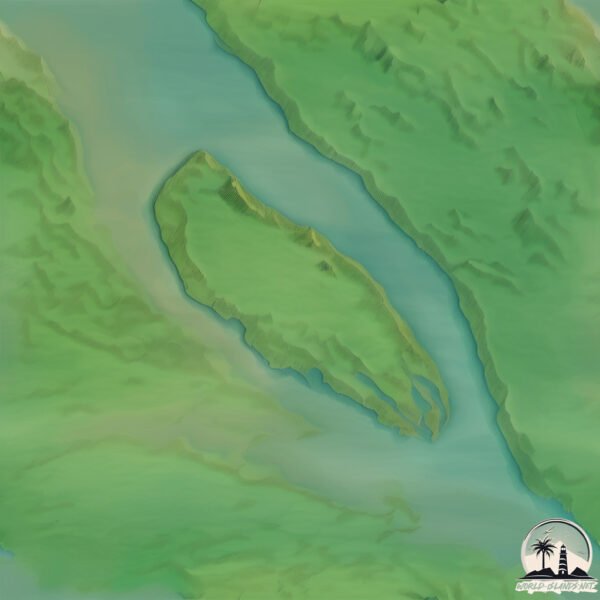Welcome to Île Margaux , a Temperate island in the Bay of Biscay, part of the majestic Atlantic Ocean. This guide offers a comprehensive overview of what makes Île Margaux unique – from its geography and climate to its population, infrastructure, and beyond. Dive into the details:
Geography and size of Île Margaux
Size: 0.328 km²Coastline: 2.7 kmOcean: Atlantic OceanSea: Bay of BiscayContinent: Europe
Île Margaux is a Tiny Island spanning 0.328 km² with a coastline of 2.7 km.
Archipel: –
Tectonic Plate: Eurasia – One of the world’s largest tectonic plates, the Eurasian Plate covers a significant portion of Europe and Asia. It’s characterized by diverse geological features, including the Ural Mountains, the European Plain, and the Himalayas formed from its collision with the Indian Plate.
The geographic heart of the island is pinpointed at these coordinates:
Climate and weather of Île Margaux
Climate Zone: TemperateClimate Details: Temperate Oceanic ClimateTemperature: Warm Summer
Climate Characteristics: Known for its moderate year-round temperatures with ample rainfall and no dry season. Warm summers are characteristic.
Topography and nature of Île Margaux
Timezone: UTC+01:00Timezone places: Europe/ParisMax. Elevation: 2 m Mean Elevation: 0 mVegetation: ShrublandTree Coverage: 56%
The mean elevation is 0 m. The highest elevation on the island reaches approximately 2 meters above sea level. The island is characterized by Plains: Flat, low-lying lands characterized by a maximum elevation of up to 200 meters. On islands, plains are typically coastal lowlands or central flat areas.
Dominating Vegetation: Shrubland
Vegetation: 3 vegetation zones – Moderately Diverse Island
Infrastructure and Travelling to Île Margaux
Does the island have a public airport? no .
Does the island have a major port? no .
The mean population of Île Margaux is 178 per km². Île Margaux is Moderately Inhabited. The island belongs to France .
Continuing your journey, Oleron is the next notable island, situated merely km away.
Cap Sud-Ouest - Île Margaux
Cap Sud-Ouest - Île Margaux
L'île Margaux
24 septembre 1999 Reportage sur les vendanges dans le vignoble ...
24 septembre 1999 Reportage sur les vendanges dans le vignoble bordelais de l'île Margaux située en plein milieu de l'estuaire ...
Domaine de l'Île Margaux - Yoga & Wine
Come to Discover the island Margaux Have a Yoga class Taste Organic ...
Come to Discover the island Margaux Have a Yoga class Taste Organic wine Eat a farmer picnic.
France is classified as Developed region: G7: Group of Seven – Major advanced economies, including Canada, France, Germany, Italy, Japan, the United Kingdom, and the United States. The level of income is High income: OECD.
News – Latest Updates and Headlines from Île Margaux
Stay informed with the most recent news and important headlines from Île Margaux. Here’s a roundup of the latest developments.
Loading...
Please note: The data used here has been primarily extracted from satellite readings. Deviations from exact values may occur, particularly regarding the height of elevations and population density. Land area and coastline measurements refer to average values at mean high tide.

